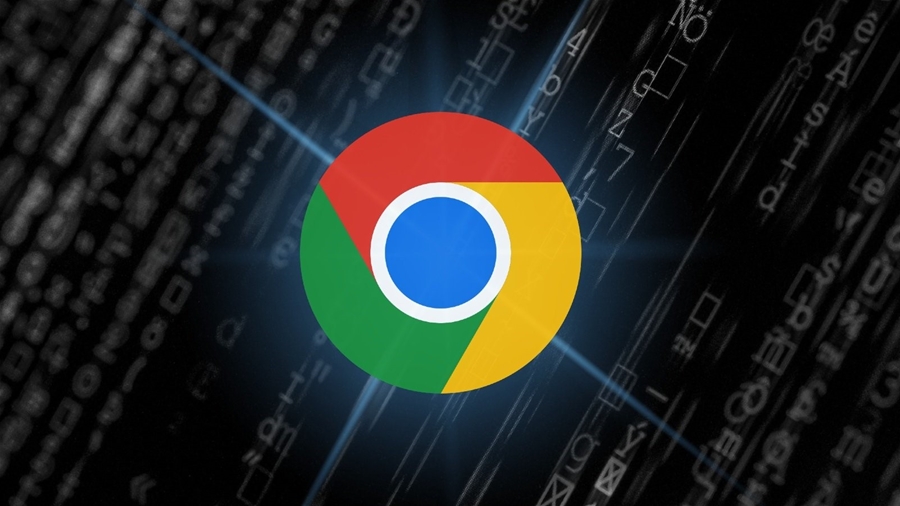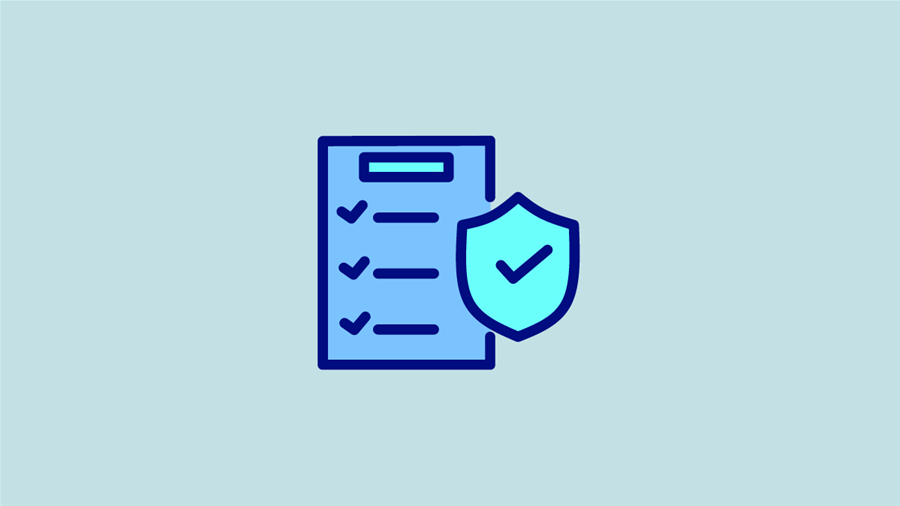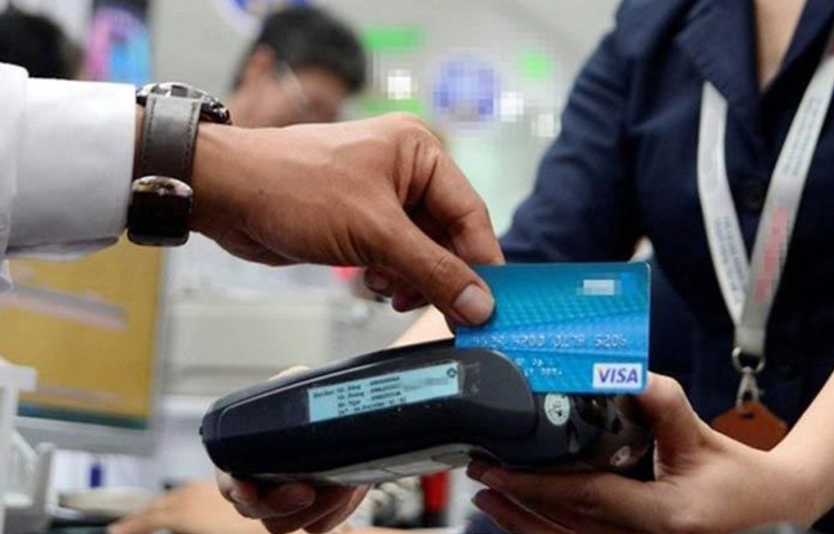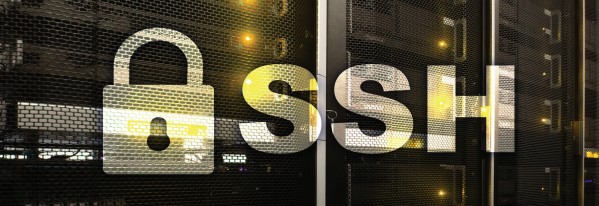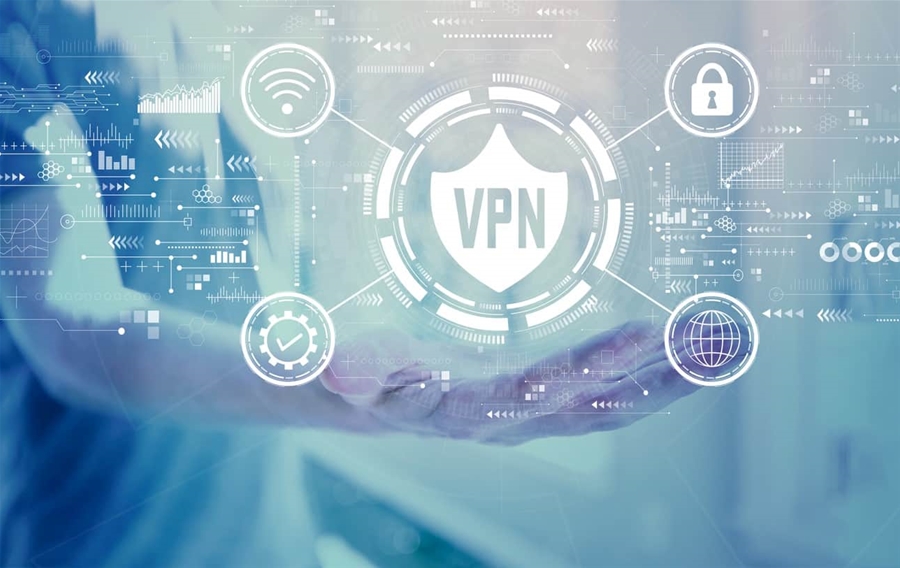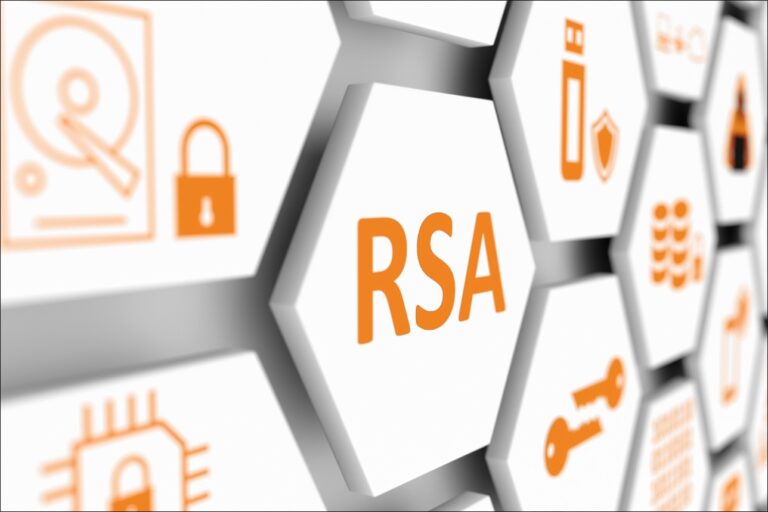A solution for packet security 1 Gbps on layer 2 with technology FPGA
- Decode-and-Forward vs. Amplify-and-Forward Scheme in Physical Layer Security for Wireless Relay Beamforming Networks
- Algorithm of decoding of convolutional codes in communication links with multiplexing
- Some evaluations for involutory diffusion layer of 64-bit AES-like block ciphers based on the hadamard matrices
Tóm tắt - Bảo mật mạng Layer 2 đã thể hiện được nhiều ưu điểm so với bảo mật Layer 3, tuy nhiên do cấu trúc của gói tin Layer 2 không cho biết kích thước gói tin nên gây khó khăn cho việc bắt gói tin, đặc biệt khi bắt trực tiếp bằng phần cứng, trong khi nếu sử dụng phần mềm thì có nhiều hạn chế. Hơn nữa, khi không biết kích thước sẽ gây khó khăn trong việc xử lý gói tin khi chèn các tham số mật mã vượt quá độ dài cho phép. Trong bài này trình bày một giải pháp kỹ thuật bắt gói tin Ethernet trực tiếp từ FPGA, tổ chức dữ liệu đảm bảo khả năng truyền tin trong suốt cho phép thực hiện bảo mật gói tin Layer 2, khắc phục được những hạn chế khi bắt gói tin bằng phần mềm.
Xem toàn bộ bài báo tại đây.
|
REFERENCES [1]. Rohde & Schwarz (2009), “R&S SIT ETH Ethernet Encrypto”, data manual. [2]. IEEE 802.1ae, IEEE Standard for Local and metropolitan area networks, “Media Access Control Security”, 2006. [3]. S. Kent, “IP Encapsulating Security Payload (ESP”), RFC 4303, 2005. [4]. Đề tài “Nghiên cứu thiết kế chế tạo thiết bị bảo mật gói IP tốc độ cao (IP14) trên công nghệ FPGA và ARM”. Ban Cơ yếu Chính phủ, Dương Huy Bình và cộng sự, 2014. [5]. Glen Gibb, John W. Lockwood, Jad Naous, Paul Hartke, and Nick McKeown “NetFPGA – An Open Platform for Teaching How to Build Gigabit-rate Network Switches and Routers”, IEEE Transactions on Education, 2008. [6]. John W. Lockwood, Nick McKeown, “NetFPGA - An Open Platform for Gigabit-rate Network Switching and Routing” IEEE Internationnal Conference on Microelectronic System Education”, June 3-4, San Diego,CA, 2007. [7]. IEEE 802.3 IEEE Standard for Information technology – Telecommunications and information exchange between systems – Local and metropolitan area networks; “Specific requirements Part 3: Carrier Sense Multiple Access with Collision Detection (CSMA/CD) Access Method and Physical Layer Specifications Amendment 1: Media Access Control (MAC) Parameters, Physical Layers, and Management Parameters for 1 Gb/s Operation”, 2002. [8]. Altera Corp, “Triple-Speed Ethernet MegaCore Function User Guide – Altera" https://www.altera.com/literature/ug/ug_ethernet.pdf, 2016. [9]. Altera Corp, “DE4 User manual”. ftp://ftp.altera.com/up/pub/Altera_Material/Boards/DE4/DE4_User_Manual.pdf unpublished, 2016. |
Thông tin trích dẫn: Ky Phan Van, Thang Tran Van, Phuc La Huu, “A solution for packet security 1 Gbps on layer 2 with technology FPGA”, Nghiên cứu khoa học và công nghệ trong lĩnh vực An toàn thông tin, Tạp chí An toàn thông tin, Vol. 08, pp. 19-24, No.02, 2018.
Ky Phan Van, Thang Tran Van, Phuc La Huu



